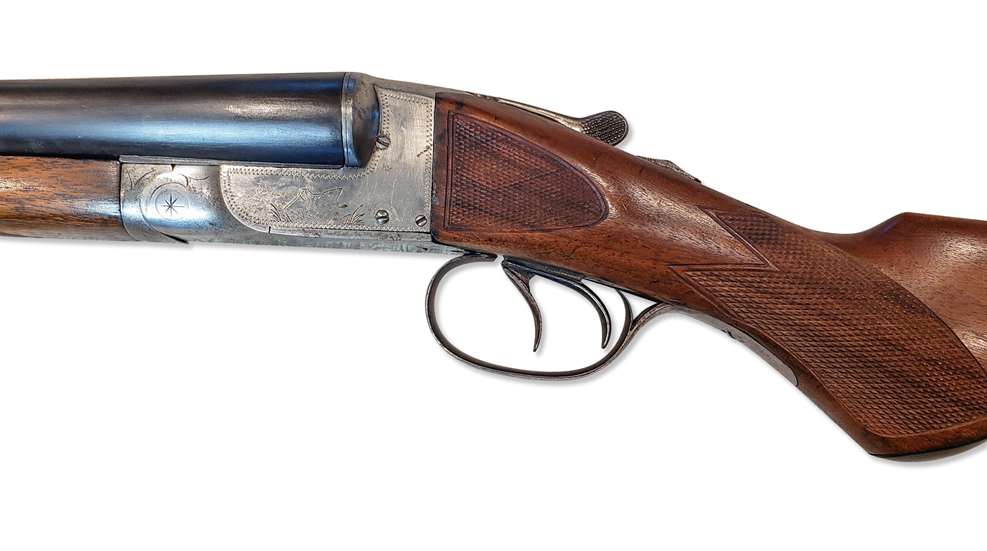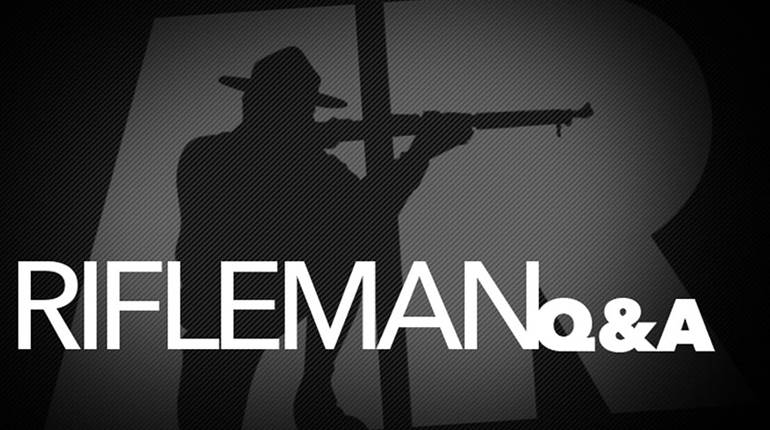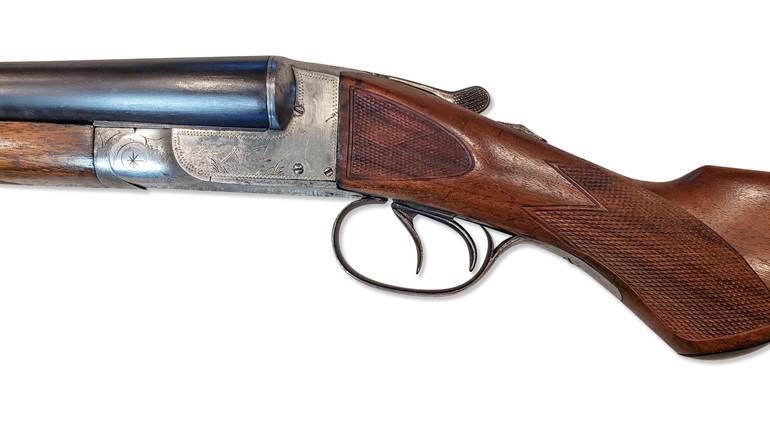
Q. I have a side-by-side 12-ga. shotgun marked “Fulton Special” and “Hunter Arms Co., Fulton NY.” It is my understanding that the Hunter Arms Co. was responsible for the production of the L.C. Smith shotgun. It has some engravings on it, but it’s not made like an L.C. Smith. There are several markings on the barrel’s underside flat near the serial number. Can you provide any information on what they mean?
A. Apart from the L.C. Smith sidelock shotgun, Hunter Arms Co. also produced less expensive boxlock models, marketed under the Fulton and Hunter names, as well as private-labeled versions of the same guns. The squarish marks, which appear to feature an “M” and a “P,” are actually the Hunter Arms Co. proofmark. All Hunter-made guns display this mark, including the L.C. Smiths. The “LLH” stampings on the barrels stand for the maker, Laurent Lochet-Habran, located in Jupille, Belgium. Practically all U.S. makers of double-barrel shotguns from the late 19th century to World War II sourced their barrels from Europe, primarily Belgium.
The most interesting mark on your Fulton shotgun is the “JM” within an oval. According to William S. Brophy in Marlin Firearms, Hunter Arms faced tough times through the Depression but managed to remain afloat temporarily during World War II through contracts for parts for naval weaponry. In 1945, Hunter was judged bankrupt. The reorganization plan called for payment of taxes, wages and the settlement of debts, plus the stipulation, “The new corporation would also have to agree to complete manufacture of all guns on order and to repair all guns received for repair for which payment had been made.” Marlin was high bidder and re-opened the plant as the L.C. Smith Gun Co. at its home in Fulton, N.Y.
Perhaps the Marlin identification mark notes that your Fulton Special, produced in 1925, needed factory-only work, requiring it to be sent to the L.C. Smith Gun Co. during its short period of operation from Nov. 26, 1945, to Jan. 16, 1949, when the floor of the factory collapsed.




































